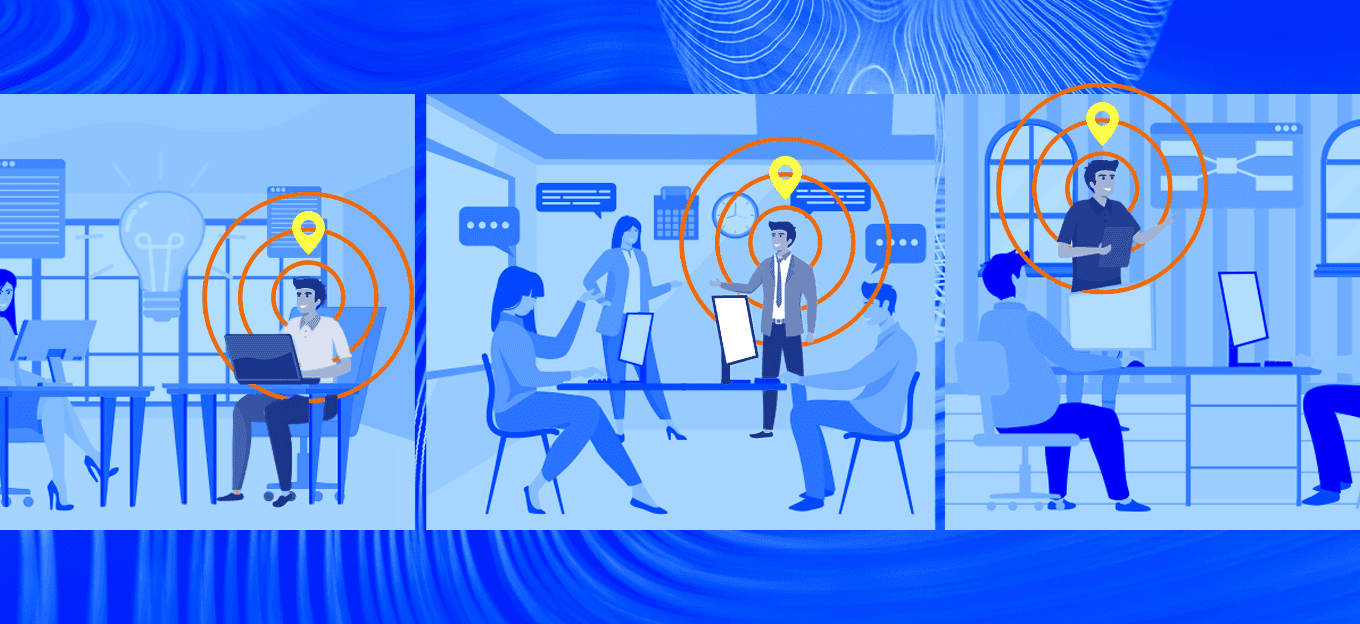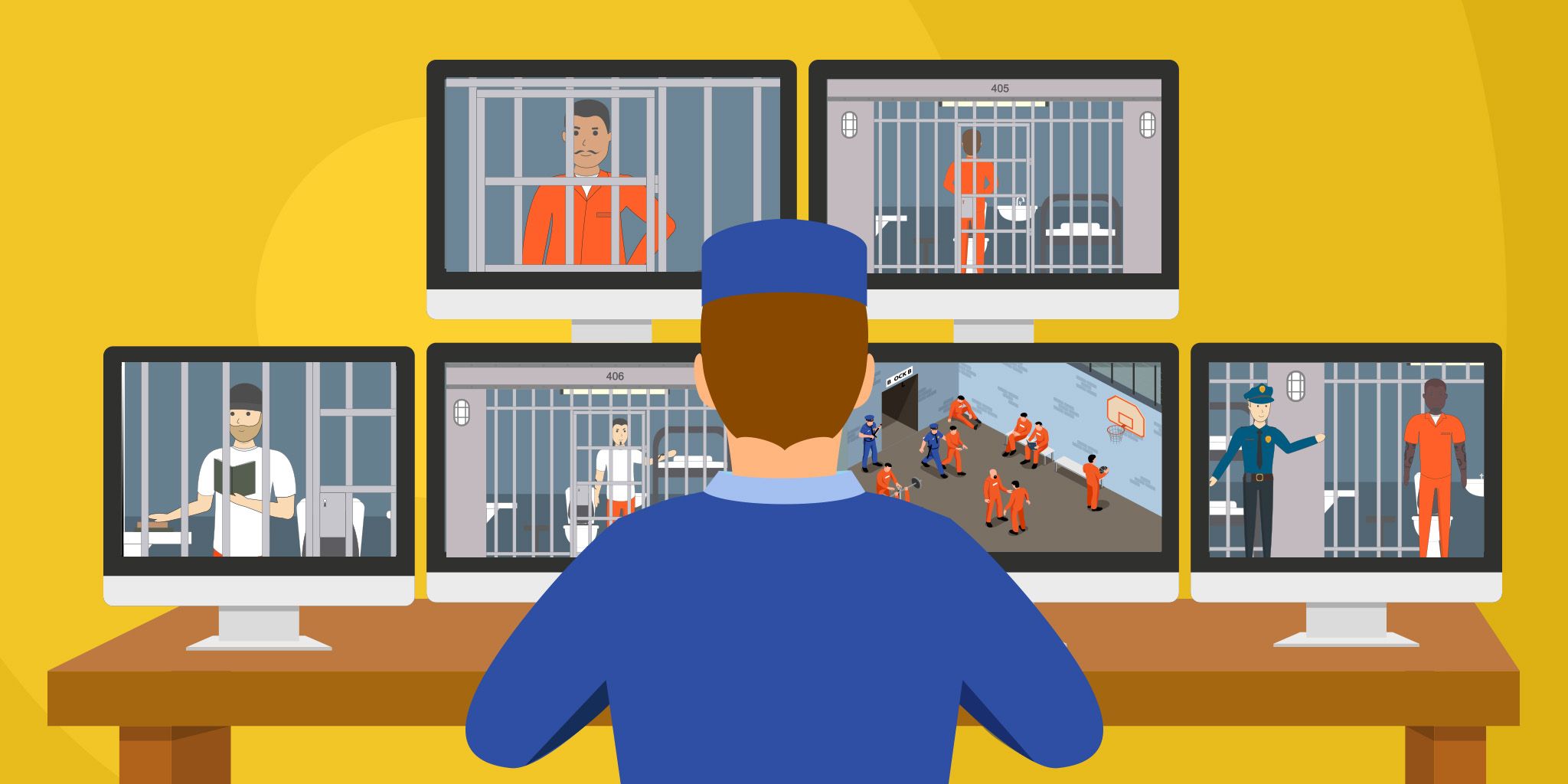Speech to Location: Enabling Indoor Localization with Microphones
Speech to Location: Enabling Indoor Localization with Microphones
- Last Updated: October 13, 2025
Amod Agrawal
- Last Updated: October 13, 2025



Indoor positioning, localization, and sensing have long been considered the "holy grail" of smart home intelligence. Imagine a home where devices seamlessly adapt to your presence: lights dim as you exit a room, HVAC systems optimize for occupied areas, and only the closest smart speaker responds to your commands. This level of personalization and efficient automation is precisely what indoor localization offers.
What is Indoor Localization?
Indoor localization is the ability to determine a person's or device's precise location within a building. Unlike the Global Positioning System (GPS), which is effective in outdoor spaces, indoor environments block satellite signals, making location determination more challenging. Several approaches have emerged: Wi-Fi fingerprinting uses signal strength maps to infer position, Bluetooth Low Energy (BLE) beacons can provide room-level proximity, ultra-wideband (UWB) and Bluetooth Channel Sounding enable precise ranging, and camera-based systems deliver visual coverage. Each method carries trade-offs – camera systems introduce privacy concerns, BLE and UWB require users to wear devices, and Wi-Fi fingerprinting demands extensive calibration and is challenging to scale.
A promising alternative is to leverage devices equipped with microphone arrays, which are already deployed in our homes and are capable of capturing sound from all directions.
“Listening” for Location
Smart speakers, TVs, or even robotic vacuums are increasingly equipped with microphone arrays to enable voice control and AI assistance. These arrays aren’t just for hearing you say “Siri” or “Hey Google.” They are used to calculate where a sound came from, a technique known as Angle of Arrival (AoA) estimation. AoA is commonly used to enable beamforming, allowing a device to focus on a speaker’s voice while suppressing noise. However, when AoA estimates from multiple devices are combined, they can provide enough information to infer the speaker’s position in a room.
One of the most widely adopted techniques for AoA estimation is the GCC-PHAT (Generalized Cross-Correlation with Phase Transform) algorithm. GCC-PHAT computes the time difference of arrival (TDoA) of sound between pairs of microphones by operating in the frequency domain and focusing on phase information. This approach is robust against changes in signal amplitude, reverberation, and background noise — conditions commonly found in real home environments.
Microphone arrays, despite their small size and limited angular resolution, are primarily designed to determine the general direction of sound sources. However, academic research has demonstrated that through signal processing algorithms, these arrays can enable precise user localization within the home.
When a wake word is uttered, the following steps outline the high-level process that occurs:
- Microphones are often arranged into a hexagonal or circular array on the device to be able to capture sound from all directions (360 degrees around the device).
- In a far-field setup where the user is far from the device, the voice reaches each microphone at slightly different times.
- The GCC-PHAT algorithm compares these signals in the frequency domain and finds the time difference of arrival (TDoA) between different pairs of microphones.
- The time difference across microphones translates to a unique angle, producing an estimate of the sound’s incoming direction relative to the device.
- Given multiple smart devices in a space, angles from multiple devices are combined through triangulation to infer the speaker’s two-dimensional (2D) position. It is conceptually similar to how GPS uses multilateration, but operating entirely indoors.
Scalability and Privacy
This approach works with unmodified, commodity smart speakers and does not require additional infrastructure. Accurate device placement information is still necessary for reliable triangulation. Robotic vacuums and other smart home mapping solutions exist, which can help create our digital floor plans and position smart devices accurately on the map.
Audio snippets used for localization can be processed locally and discarded immediately, offering a privacy-preserving solution. Unlike camera-based or wearable systems that enable continuous tracking, acoustic localization operates interactively: location is determined only when a user speaks, reducing the potential for unwanted monitoring.
Experiments in real residential environments have demonstrated that microphone-array-based methods can estimate direction within a few degrees and localize a user to within one to two meters, sufficient for room-level and sub-room-level context. Accuracy improves significantly as more devices participate. Crucially, the processing can run in near real-time (on the order of hundreds of milliseconds), aligning location data in real-time during a voice interaction.
Potential Applications
Once homes know where users are, a range of context-aware services becomes possible:
- Contextual Voice Response: Ensure only the nearest device responds when multiple devices detect the wake word.
- Presence-Based Automation: Trigger room-specific actions at the moment of speech. For example, when a user says “I’m home,” AI assistants can turn on the lights or adjust the HVAC in the room where the command was issued.
- Personalized Responses: Combine with speaker identification so reminders or notifications are read aloud only when the intended user is present.
- Safety and Wellness: Detect if a user calls for help and determine their location for faster assistance. It can also be used to detect unusual motion patterns or falls in assisted living scenarios.
- Immersive experiences: Enable spatial audio during AR/XR interactions that adapt to the user’s location.
Toward Ambient Intelligence
Microphone-based localization offers a practical path to making smart homes more context-aware without adding new sensors or compromising user privacy. By leveraging the microphones already present in many devices, homes can begin to respond more naturally to user intent. In the coming years, we can expect advances such as more robust localization algorithms, automated device calibration, support for multiple simultaneous users, and integration with ambient acoustic AI — developments that will make these systems more accurate, scalable, and widely deployable.
The Most Comprehensive IoT Newsletter for Enterprises
Showcasing the highest-quality content, resources, news, and insights from the world of the Internet of Things. Subscribe to remain informed and up-to-date.
New Podcast Episode

What is Hybrid Connectivity for IoT?
Related Articles

